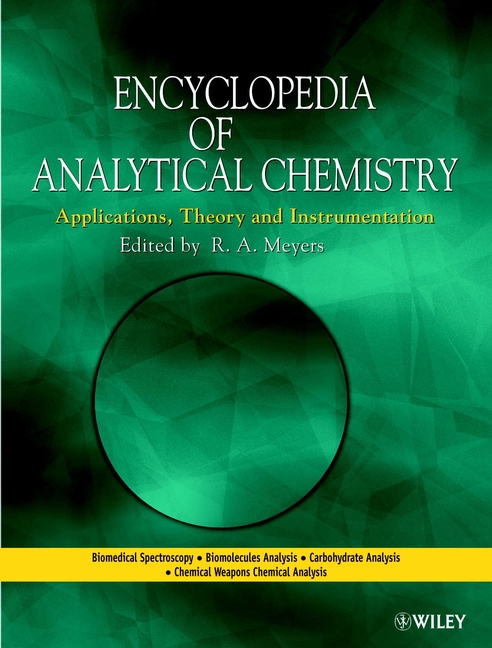Nuclear Magnetic Resonance Instrumentation
Abstract
The nuclear magnetic resonance (NMR) spectrometer consists of a superconducting magnet, a sample probe, a radio frequency (RF) transmitter, a receiver, and a computer for instrument control and data processing. The superconducting magnet provides an ultrastable magnetic field in the central volume of the magnet. To maintain the current, the solenoid that produces the field is immersed in liquid helium to maintain the superconducting state. Surrounding the magnet volume is a set of vacuum jackets and a liquid nitrogen-filled volume to isolate the low-temperature regions from room temperature. The magnet has a bore to house the sample probe and a room-temperature shim (RTS) coil assembly to reduce inhomogeneity of the magnetic field across the active sample volume. The NMR sample can be in liquid, solid, or gas phases. RF pulses, from one or a set of high-power transmitters, are applied to the sample through the RF coil that surrounds the active sample area to perturb the sample. The RF pulses are controlled to ensure precise frequency, phase, duration, and amplitude of the RF voltage. The response of the sample is gathered by recording the induced voltage across the RF coil. The signal is digitized as a so-called free induction decay (FID) with a high-performance RF receiver including a preamplifier, an amplifier, and an analog-to-digital converter (ADC). Using Fourier transformation (FT), the time domain (DT) FID is converted into the frequency-domain spectrum, often known as the NMR spectrum.



